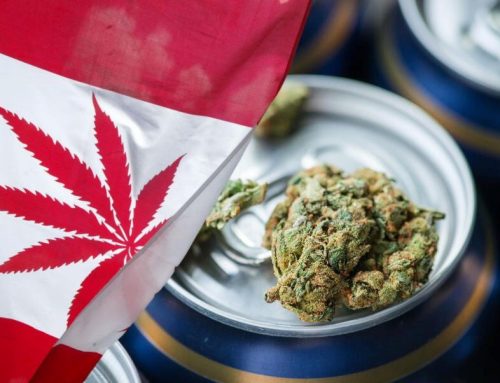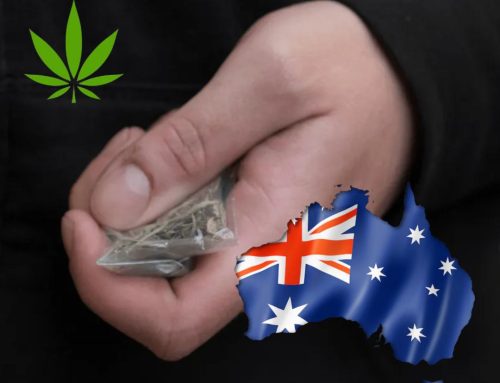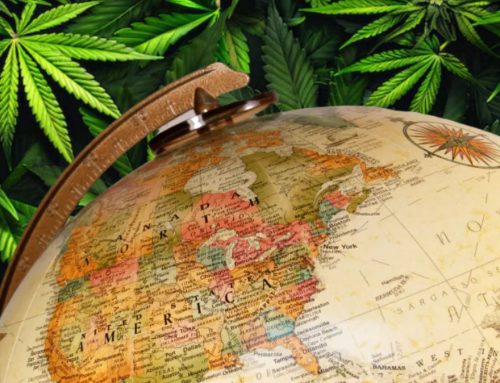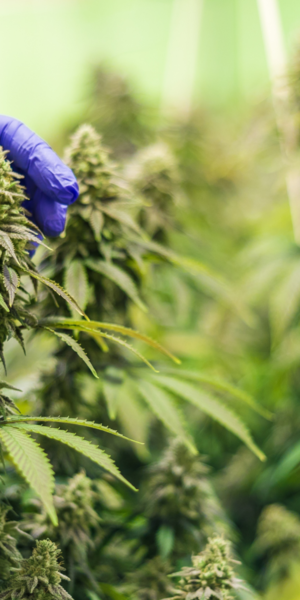Australian Cannabis Prices Drop to New Lows, Pressuring Domestic Producers
MELBOURNE – Medicinal Cannabis flower prices in Australia have fallen to a minimum of $3.30 per gram at the patient level, a development that has intensified debates over the viability of the country’s homegrown industry. This marks a sharp decline, with nearly 40% of flower products now available for under $10 per gram, compared to 27% at the start of the year. Industry observers point to a surge in imports as the main driver, creating a competitive environment that local cultivators find hard to match.
Data from market trackers show the number of flower varieties priced below $6 per gram more than doubled in the first half of 2025, from 23 to 51 offerings. At the same time, overall growth in new flower products has tapered off, rising by just 11% in the period, down from 72% in the latter half of 2024. Experts attribute this slowdown to market saturation, where an influx of lower-cost options from abroad has flooded pharmacies and squeezed profit margins.
Imports now dominate supply, with Canada holding a 45% share of active pharmaceutical ingredients, followed by Australia at 26% and emerging sources like Thailand. Canadian exports alone reached over 34,000 kilograms in 2023, the latest full-year figure available, underscoring the scale of foreign competition. Local producers face higher operational costs due to strict regulations on licensing, cultivation, and quality testing, which inflate expenses and hinder their ability to undercut international rivals. Representatives from the Australian Cannabis Cultivators Guild have urged federal officials to introduce protections, such as streamlined rules for smaller operations or preferences for domestic goods, to level the field.
Despite the challenges, some positive shifts have emerged. Local packaging of products climbed to 65% in July from 58% in January, signaling stronger domestic manufacturing capabilities that could bolster the economy over time. Unit sales of medicinal cannabis jumped 106% year-over-year in 2024 to 6.6 million, reflecting robust demand driven by prescriptions for conditions like chronic pain and insomnia. Forecasters project the market to expand from $148.4 million this year to nearly $2 billion by 2035, at a 30.1% annual growth rate, fueled by medical applications and potential export opportunities.
Still, the price squeeze raises broader questions. While patients benefit from greater affordability (daily costs have dropped to $5-15 for many, with some products now at a quarter of their levels three years ago) the trend could erode local jobs and innovation if unchecked. Pharmacy-level compression has already tightened margins across the supply chain, prompting calls for measures like expanded subsidies or inclusion in public benefit schemes to sustain access without undermining producers.
Here at Highly Capitalized Network, we consider this moment a critical juncture for Australia’s Cannabis sector, requiring a balance between consumer benefits and policies that foster a resilient domestic foundation to ensure long-term stability in a market ready for significant growth.



































